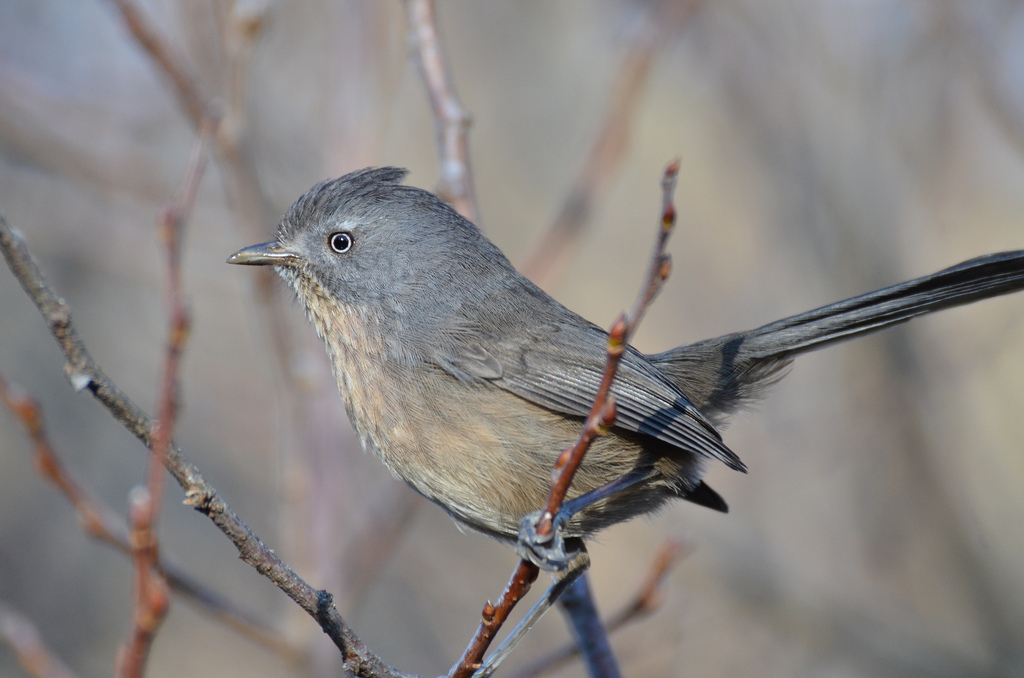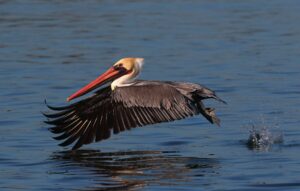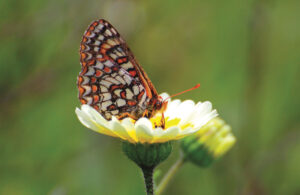Every so often I see a note from a local birder or amateur botanist that reminds me that there’s a whole world of animal and plant movement under our noses all the time, comings and goings of which we just catch glimpses every so often.
That’s what happened on Cinqo de Mayo, when San Francisco birder extraordinaire Dan Murphy was out surveying for herons and cormorants at Lake Merced. There’s often good birding at Lake Merced, but on this day a little wrentit stole the show:
“The big news,” Murphy wrote to Jake Sigg of Nature News fame, “was that I heard a wrentit singing from the scrub near Cypress Point. One was heard in the same area on the Christmas Bird Count last December. I’m not aware of wrentit being present at Lake Merced since the mid 90s, and there was only one then.”
Why is that remarkable? Well, as we say in a story coming up in our July 2013 issue, wrentits are North America’s most sedentary bird species. Given the choice, they just don’t fly very far. At all. Author Claire Peaslee will have much more to say about that in our summer issue (hey, subscribe by June 15 to get that!), but for now, back to our bird at Lake Merced:
“That’s pretty exciting news,” Murphy continues. “This is a non-migratory species that is not known to fly far from its point of origin. Like there are zillions of them in Marin, but no records on Angel Island. They would have once been numerous at Lake Merced, but until now were thought to be extirpated. Hope spring eternal.”
I called Murphy to ask him where he thought the bird had come from, and what will come of it. There are quite a few options, it turns out: the Presidio, Candlestick Hill, south of Sharp Park, the north end of San Francisco’s protected watershed lands. In all cases, the bird probably relied on backyard habitat for cover along the way, so don’t trim those shrubs too aggressively. “From a scientific point of view, it’s an interesting footnote that they do apparently fly some distance,” says Murphy.
As for its future, that’s dicey. It does seem likely there’s just one bird there. “Peter Pyle had heard that same bird [in that spot] on the Christmas Count in 2012, so I suspect it’s just one bird,” he explained. “It’ll live out its life and pass without passing on its gene pool.”
Unless another bird of opposite gender should show up, of course. We’ll be rooting for that!
Next time you’re at Lake Merced, keep an ear out for this seldom seen, often-heard bird. Here’s the call:





